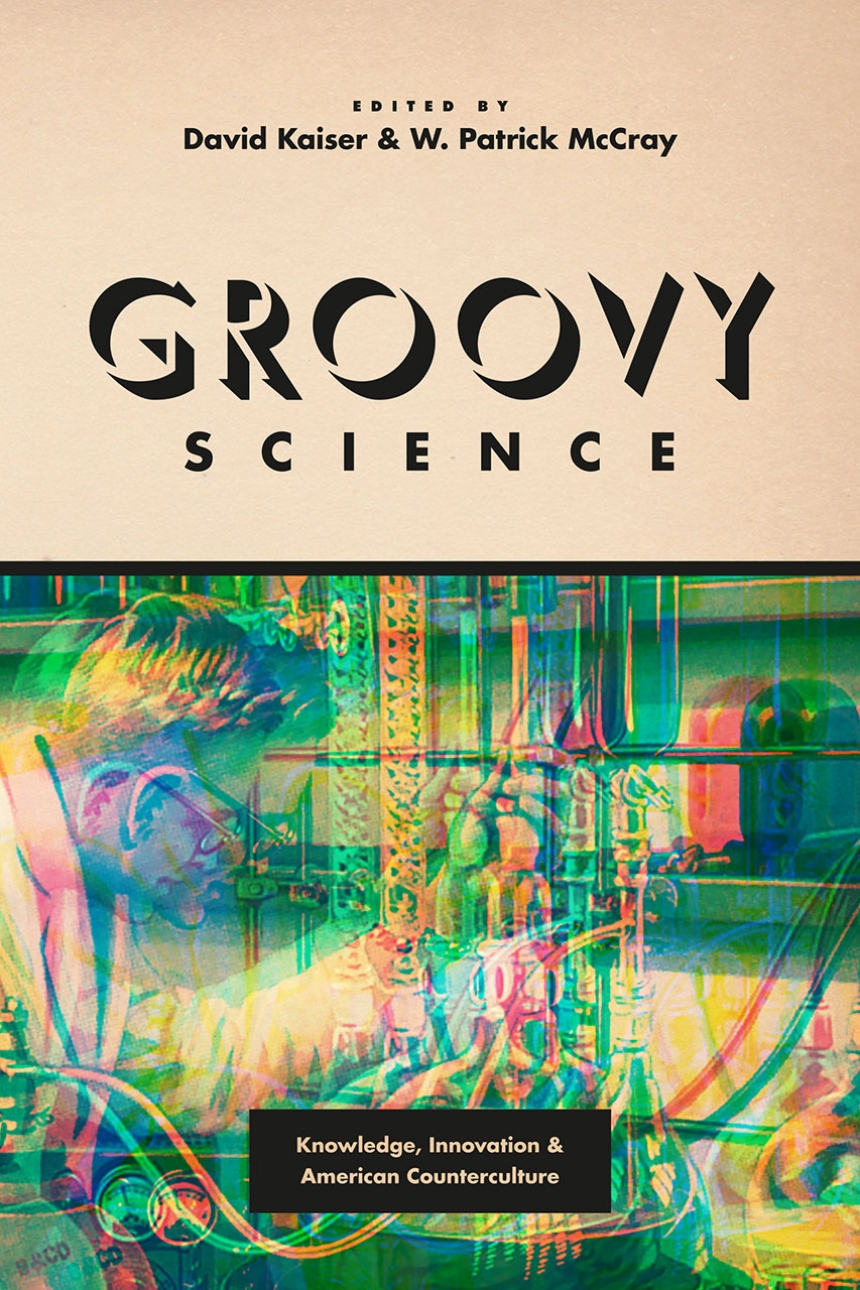Groovy Science
Knowledge, Innovation, and American Counterculture
9780226372914
9780226372884
9780226373072
Groovy Science
Knowledge, Innovation, and American Counterculture
In his 1969 book The Making of a Counterculture, Theodore Roszak described the youth of the late 1960s as fleeing science “as if from a place inhabited by plague,” and even seeking “subversion of the scientific worldview” itself. Roszak’s view has come to be our own: when we think of the youth movement of the 1960s and early 1970s, we think of a movement that was explicitly anti-scientific in its embrace of alternative spiritualities and communal living.
Such a view is far too simple, ignoring the diverse ways in which the era’s countercultures expressed enthusiasm for and involved themselves in science—of a certain type. Rejecting hulking, militarized technical projects like Cold War missiles and mainframes, Boomers and hippies sought a science that was both small-scale and big-picture, as exemplified by the annual workshops on quantum physics at the Esalen Institute in Big Sur, or Timothy Leary’s championing of space exploration as the ultimate “high.” Groovy Science explores the experimentation and eclecticism that marked countercultural science and technology during one of the most colorful periods of American history.
Such a view is far too simple, ignoring the diverse ways in which the era’s countercultures expressed enthusiasm for and involved themselves in science—of a certain type. Rejecting hulking, militarized technical projects like Cold War missiles and mainframes, Boomers and hippies sought a science that was both small-scale and big-picture, as exemplified by the annual workshops on quantum physics at the Esalen Institute in Big Sur, or Timothy Leary’s championing of space exploration as the ultimate “high.” Groovy Science explores the experimentation and eclecticism that marked countercultural science and technology during one of the most colorful periods of American history.
416 pages | 39 halftones, 2 tables | 6 x 9 | © 2016
History: American History, History of Ideas, History of Technology
Reviews
Table of Contents
Introduction
David Kaiser and W. Patrick McCray
Part One: Conversion
1 Adult Swim: How John C. Lilly Got Groovy (and Took the Dolphin with Him), 1958–1968
D. Graham Burnett
2 Blowing Foam and Blowing Minds: Better Surfing through Chemistry
Peter Neushul and Peter Westwick
3 Santa Barbara Physicists in the Vietnam Era
Cyrus C. M. Mody
Part Two: Seeking
4 Between the Counterculture and the Corporation: Abraham Maslow and Humanistic Psychology in the 1960s
Nadine Weidman
5 A Quest for Permanence: The Ecological Visioneering of John Todd and the New Alchemy Institute
Henry Trim
6 The Little Manual That Started a Revolution: How Hippie Midwifery Became Mainstream
Wendy Kline
Part Three: Personae
7 The Unseasonable Grooviness of Immanuel Velikovsky
Michael D. Gordin
8 Timothy Leary’s Transhumanist SMI2LE
W. Patrick McCray
9 Science of the Sexy Beast: Biological Masculinities and the Playboy Lifestyle
Erika Lorraine Milam
Part Four: Legacies
10 Alloyed: Countercultural Bricoleurs and the Design Science Revival
Andrew Kirk
11 How the Industrial Scientist Got His Groove: Entrepreneurial Journalism and the Fashioning of Technoscientific Innovators
Matthew Wisnioski
12 When Chèvre Was Weird: Hippie Taste, Technoscience, and the Revival of American Artisanal Food Making
Heather Paxson
Afterword: The Counterculture’s Looking Glass
David Farber and Beth Bailey
Contributors
Index
David Kaiser and W. Patrick McCray
Part One: Conversion
1 Adult Swim: How John C. Lilly Got Groovy (and Took the Dolphin with Him), 1958–1968
D. Graham Burnett
2 Blowing Foam and Blowing Minds: Better Surfing through Chemistry
Peter Neushul and Peter Westwick
3 Santa Barbara Physicists in the Vietnam Era
Cyrus C. M. Mody
Part Two: Seeking
4 Between the Counterculture and the Corporation: Abraham Maslow and Humanistic Psychology in the 1960s
Nadine Weidman
5 A Quest for Permanence: The Ecological Visioneering of John Todd and the New Alchemy Institute
Henry Trim
6 The Little Manual That Started a Revolution: How Hippie Midwifery Became Mainstream
Wendy Kline
Part Three: Personae
7 The Unseasonable Grooviness of Immanuel Velikovsky
Michael D. Gordin
8 Timothy Leary’s Transhumanist SMI2LE
W. Patrick McCray
9 Science of the Sexy Beast: Biological Masculinities and the Playboy Lifestyle
Erika Lorraine Milam
Part Four: Legacies
10 Alloyed: Countercultural Bricoleurs and the Design Science Revival
Andrew Kirk
11 How the Industrial Scientist Got His Groove: Entrepreneurial Journalism and the Fashioning of Technoscientific Innovators
Matthew Wisnioski
12 When Chèvre Was Weird: Hippie Taste, Technoscience, and the Revival of American Artisanal Food Making
Heather Paxson
Afterword: The Counterculture’s Looking Glass
David Farber and Beth Bailey
Contributors
Index
